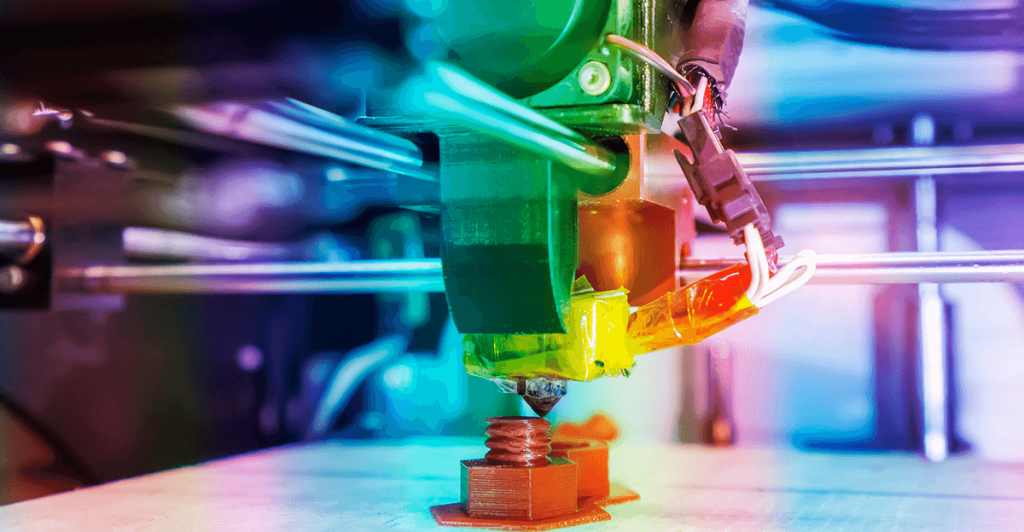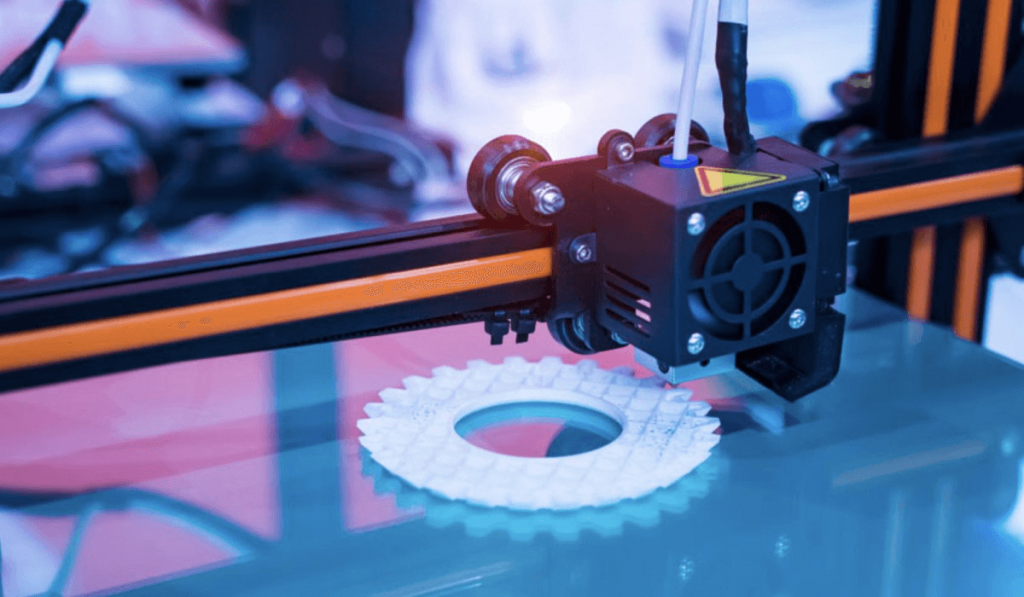Ép nhựa và In 3D: Phương pháp nào tốt nhất?
Ưu nhược điểm của 2 phương pháp đúc phổ biến nhất

Ép nhựa so với in 3D
Nhà Ép nhựa and 3D printing are two different production methods for the manufacture of parts for industry. Both of these methods allow professionals to obtain parts simply from three-dimensional designs. In this article, we will compare the two production modes to determine which types of applications correspond to them.
Hai phương pháp sản xuất hoạt động như thế nào?
In order to better understand the interests, advantages and disadvantages of each mode of production, it is important to know how they work. And how these modes can be integrated within a production unit.
Materials needed for 3D printing
Manufacturing by 3D printing requires a 3D printer as well as consumables. Different technologies exist on the market compared to Ép nhựa. First, FDM (Fused deposition modeling) which uses spools of plastic filaments.
Second, SLA (Stereolithography) which uses liquid resin cartridges. In both cases, printing makes it possible to obtain parts by printing successive layers of material. There are a large number of materials that are more or less simple to print and have different properties.
Plastic injection molding: how does it work?
As the name suggests, ép nhựainvolves injecting molten material into a mold. Then, to let cool and harden the material in order to obtain the final piece. The injection molding method requires more elements than 3D printing.
An injection molding machine, also known as an injection press, will be required. This consists of a worm to convey the material in solid form. There is also a heating unit to melt the material.
Finally, the system has a high-pressure injector for filling the mold. The injection molding also requires a mold made previously. Most often it is made of aluminum, hardened steel or copper. Obviously, material is needed for the design of the final part.
Ưu điểm của Ép nhựa / in 3d
Do đó, hai công nghệ này khác nhau về kỹ thuật được sử dụng để thiết kế các bộ phận cuối cùng và về vật liệu cần thiết để sử dụng chúng. In 3D và ép nhựa cũng có những lợi ích khác nhau.
Lợi ích của in 3D
Về công nghệ in 3D, chúng ta có thể nhận định rằng chi phí đầu tư về mặt chất liệu là tương đối thấp. Thật vậy, có một số lượng lớn máy trên thị trường với giá cả rất khác nhau và phù hợp với túi tiền.

Ngoài ra, công nghệ sản xuất phụ gia từng lớp giúp dễ dàng phát hiện trong quá trình sản xuất xem mô hình có lỗi thiết kế hay không. Chúng cũng có thể được sửa chữa nhanh chóng bằng cách làm lại mô hình 3D.
Cuối cùng, máy 3D có thể thiết kế các bộ phận với các chi tiết rất tốt rất đơn giản bằng cách sử dụng dây tóc hỗ trợ. Độ chính xác là một trong những điểm mạnh của in 3D.
Lợi ích của ép nhựaép phun
Ưu điểm chính của phương pháp ép phun nằm ở khả năng sản xuất hàng loạt các bộ phận một cách nhanh chóng và độ chính xác cao về độ lặp lại của thiết kế.
Sau đó, các đối tượng được sản xuất bằng cách sử dụng ép phun có độ bền cao. Theo nghĩa chúng được thiết kế trong một lớp và trong một lần bơm toàn bộ vật chất lỏng vào bên trong. của khuôn.
Cuối cùng, việc bơm vật liệu vào bên trong khuôn giúp đảm bảo tuân thủ chính xác số lượng vật liệu cần thiết để sản xuất bộ phận. Nếu khuôn được thiết kế tốt, không bị thất thoát vật liệu trong quá trình sản xuất.
Nhược điểm và hạn chế
Giống như tất cả các phương pháp sản xuất được sử dụng trong công nghiệp, Ép nhựa and 3D printing also have certain limitations. It can be more or less mitigated or avoided depending on the method chosen.
Các giới hạn của in 3D
3D printing is somewhat limited in terms of the build volume of the parts. Indeed, most of the machines available on the market have relatively small printing volumes. And they can be a brake for certain applications. There are however large volume machines (up to one cubic meter) but the initial investment will be higher.
3D printing has another limitation, linked in part to the printing volume of the machines. It is the capacity to produce parts in large series. It will still be possible to produce in small and medium series by opting for production 3D printers.
The weak points of Plastic injection molding
Regarding Ép nhựa, the main problem lies in the difficulty of obtaining complex geometries. Indeed, the creation of a mold requires to design an inversion of the final part. It limits and significantly complicates the possibilities in terms of design.

Correcting errors is also more complex. When a manufacturing error is found on injection molding, it will be necessary to completely recreate a new mold. This will be penalizing in terms of time and in terms of cost.
The cost which is also one of the limits of the injection. Indeed, the initial investment for this kind of production will be much higher than 3D printing. In addition, the design of new molds also represents a high cost to be taken into account when calculating the return on investment.
Kết luận
If the purpose of 3D printing and Ép nhựa is the same, namely the production of parts, it turns out that these two manufacturing methods each have their interests in particular applications.
Indeed, injection molding will be more interesting for the production of finished parts in large series. while 3D printing will on the contrary make it possible to produce parts with a complex design in small series.
The investment, lower for 3D printing, will also be a factor to be taken into account in decision making. Which method do you prefer and for which type of application? Feel free to share your experiences by leaving a comment below the article.



